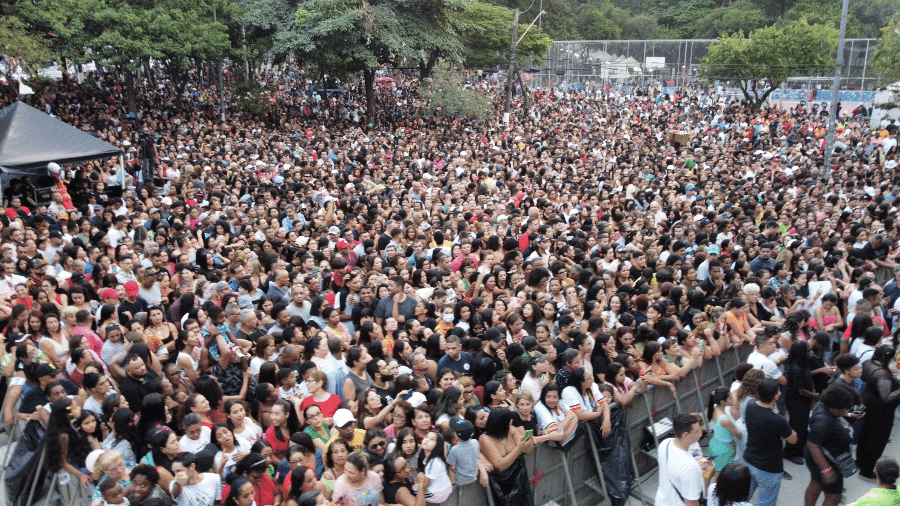Justin Bieber compra NFT da mesma coleção que Neymar por R$ 6,9 milhões

Justin Bieber comprou um NFT (Token não fungível, na sigla em inglês) Bored Ape Yacht Club (BAYC) por 1,29 milhão de dólares (R$ 6,9 milhões, na cotação de hoje).
A coleção BAYC é hoje uma das mais populares e valiosas do mercado de NFT. Na última semana, Neymar também comprou duas obras deste catálogo.
O cantor postou uma foto do novo BAYC #3001 - que apresenta um macaco de desenho animado em uma camiseta preta com lágrimas nos olhos - em seu Instagram na tarde de hoje, com parte da letra de seu hit de 2021 "Lonely" na legenda.
"E se você tivesse tudo, mas ninguém para ligar, talvez você me conhecesse. Porque eu tive tudo, menos alguém ouvindo e isso é solitário para car****", compartilhou com seus 219 milhões de seguidores no Instagram.
Bieber, 27 anos, comprou o NFT por 500 criptomoedas ethereum, o que equivale a 1,29 milhão de dólares, de acordo com o site Bitcoin.com. O valor estimado da arte era de pouco mais de 208 mil dólares no último sábado, o que significa que a estrela pagou quase seis vezes mais do que seu preço avaliado.
O cantor não é novato no mundo NFT e tem uma coleção crescente de peças. Justin, que tem um patrimônio líquido estimado em 285 milhões de dólares (R$ 1,5 bilhão), já teria comprado 619 NFTs de 49 coleções diferentes.

















ID: {{comments.info.id}}
URL: {{comments.info.url}}
Ocorreu um erro ao carregar os comentários.
Por favor, tente novamente mais tarde.
{{comments.total}} Comentário
{{comments.total}} Comentários
Seja o primeiro a comentar
Essa discussão está encerrada
Não é possivel enviar novos comentários.
Essa área é exclusiva para você, , ler e comentar.
Só s do UOL podem comentar
Ainda não é ? Assine já.
Se você já é do UOL, faça seu .
O autor da mensagem, e não o UOL, é o responsável pelo comentário. Reserve um tempo para ler as Regras de Uso para comentários.